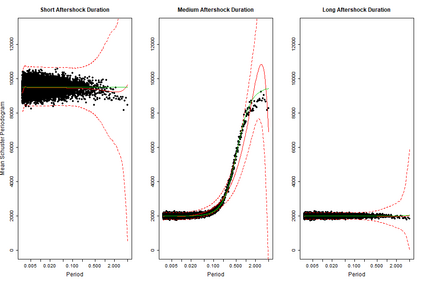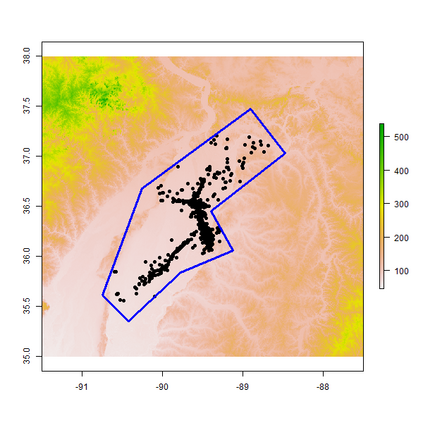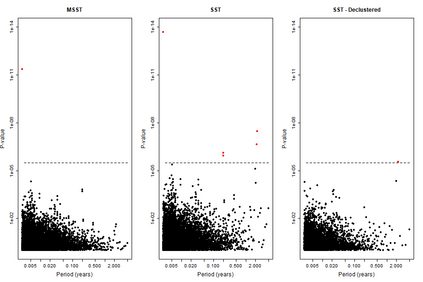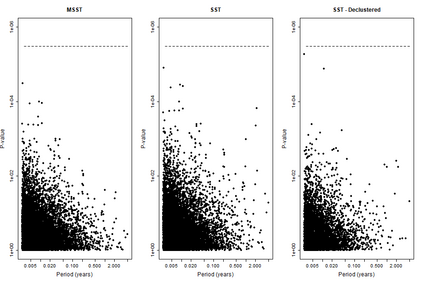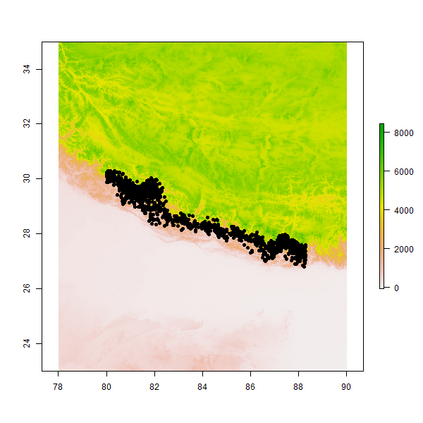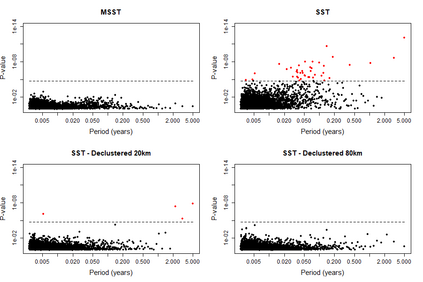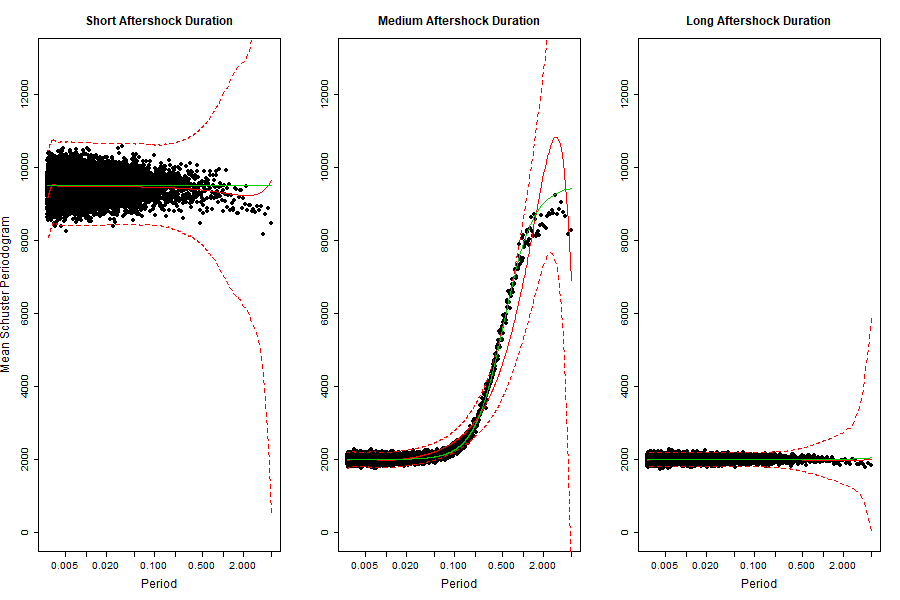Any periodic variations of earthquake occurrence rates in response to small, known, periodic stress variations provide important opportunities to learn about the earthquake nucleation process. Yet, reliable detection of earthquake periodicity is complicated by the presence of earthquake clustering due to aftershocks and foreshocks. Existing methods for detecting periodicity in an earthquake catalogue typically require the prior removal of these clustered events. Declustering is a highly uncertain process, so declustering methods are inherently non-unique. Incorrect declustering may remove some independent events, or fail to remove some aftershocks or foreshocks, or both. These two types of error could respectively lead to false negative or false positive reporting of periodic seismicity. To overcome these limitations, we propose a new method for detecting earthquake periodicity that does not require declustering. Our approach is to modify the existing Schuster Spectrum Test (SST) by adapting a test statistic for periodic seismicity to account for the presence of clustered earthquakes within the catalogue without requiring their identification and removal.
翻译:地震发生频率的任何周期性变化,对于小型的、已知的、周期性的压力变化作出反应,都为了解地震核聚变过程提供了重要的机会。然而,地震周期的可靠检测由于地震集聚因余震和前震冲击而变得复杂。在地震目录中发现周期性的现有方法通常要求事先清除这些集束事件。取消集群是一个非常不确定的过程,因此,取消集群的方法本质上是非独有的。不正确的取消集群可能消除一些独立事件,或未能消除一些余震或前震,或两者兼而有之。这两类错误可能分别导致对定期地震进行虚假的负面或虚假的正面报告。为了克服这些限制,我们提出了一种新的方法来探测地震周期性,而不需要取消集群。我们的做法是修改现有的舒斯特分解测试(SST),通过调整定期地震的测试统计来说明目录内是否存在集束地震,而无需识别和清除。

